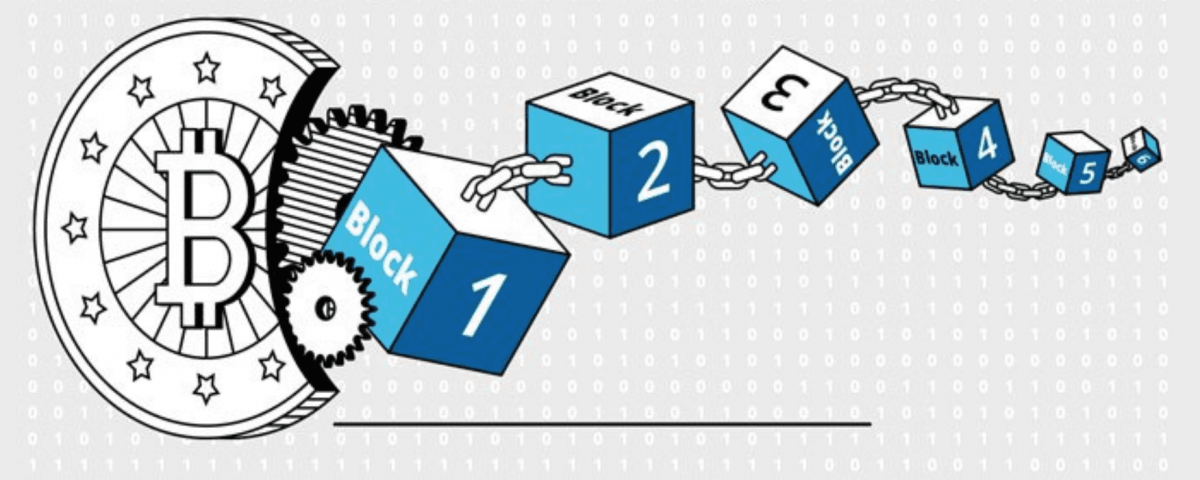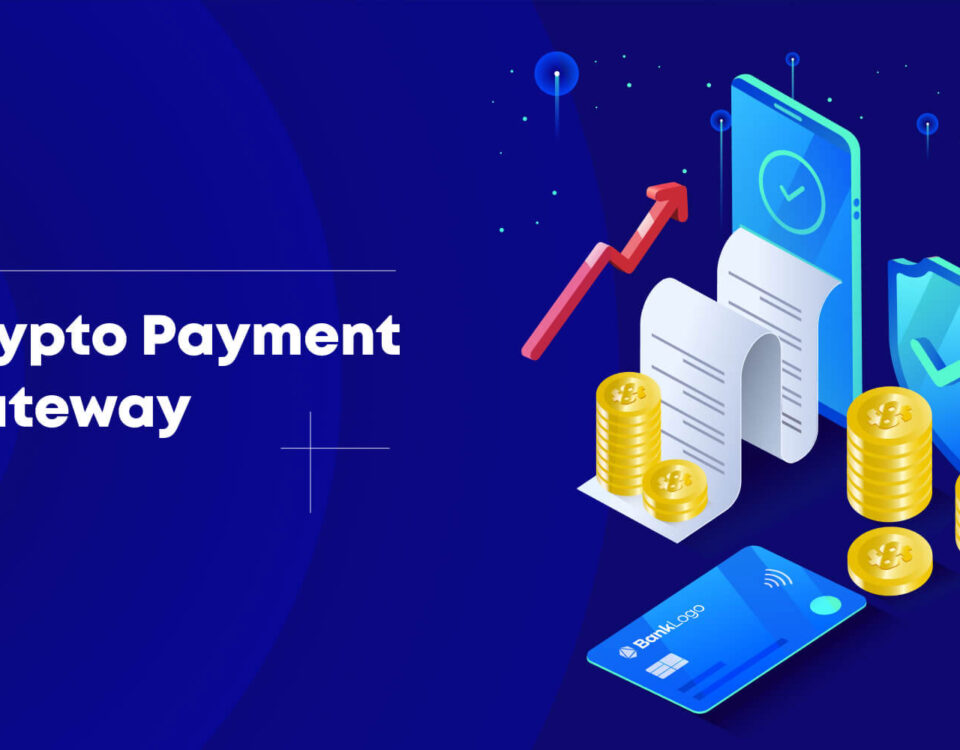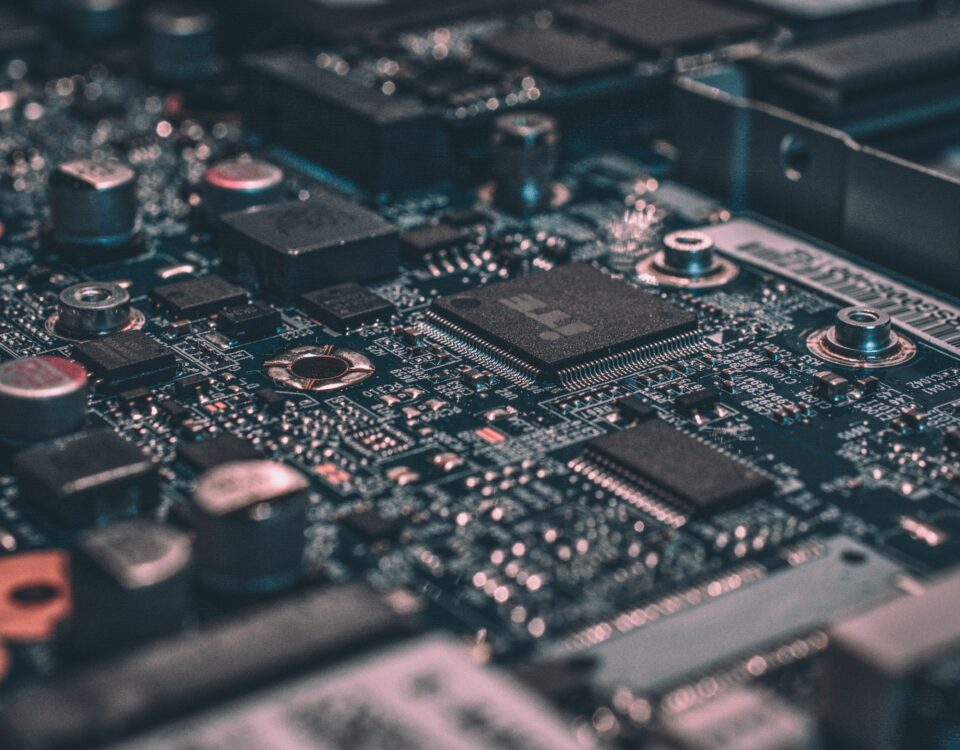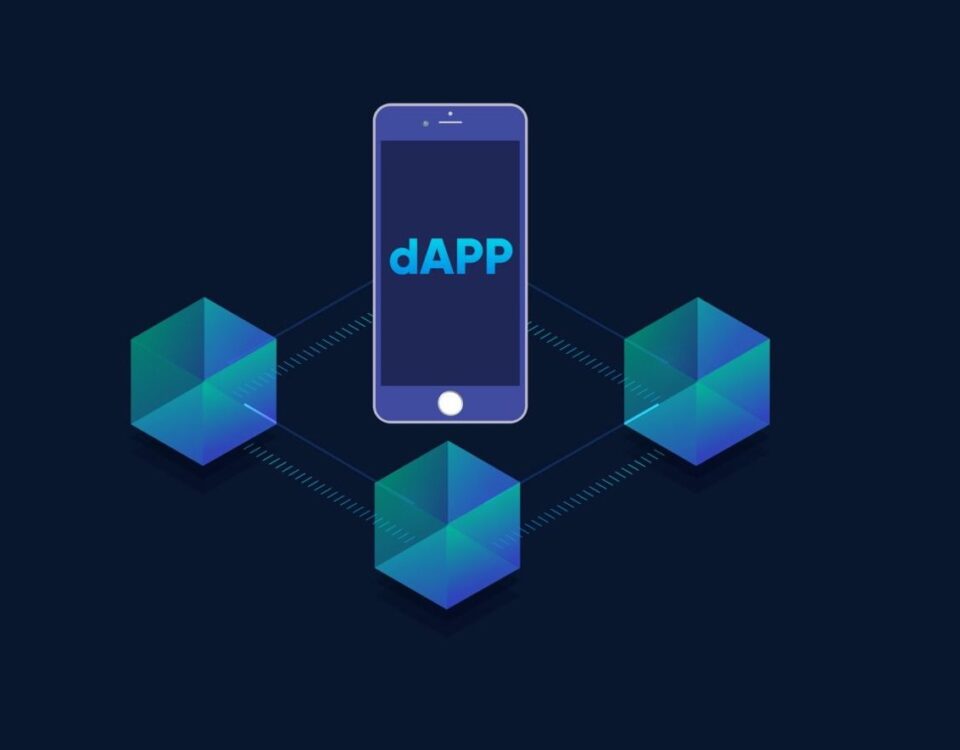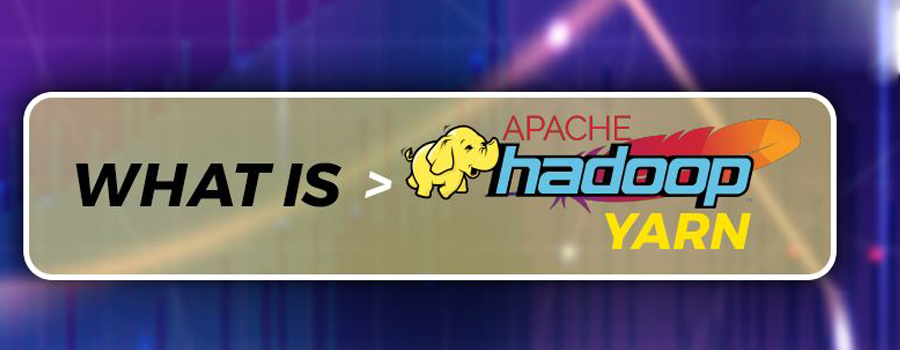
What is Apache Hadoop YARN?
19th February 2020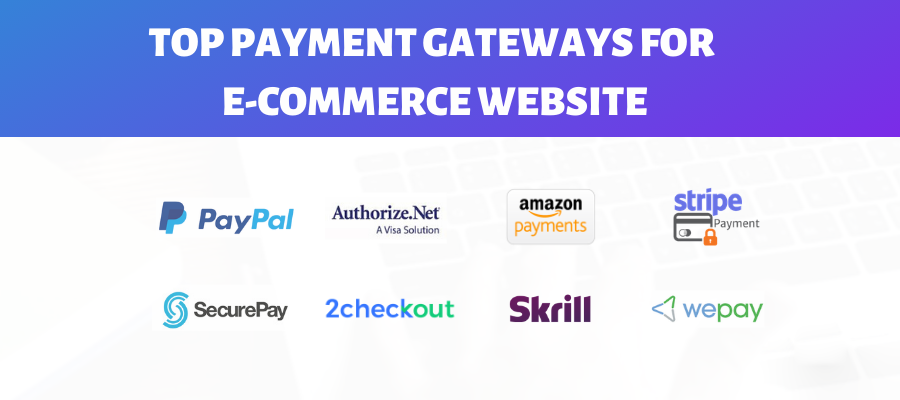
Top Payment Gateways for E-commerce Website
21st February 2020Blockchain, sometimes referred to as Distributed Ledger Technology (DLT), makes the history of any digital asset unalterable and transparent through the use of decentralization and cryptographic hashing.
A simple analogy for understanding blockchain technology is a Google Doc. When we create a document and share it with a group of people, the document is distributed instead of copied or transferred. This creates a decentralized distribution chain that gives everyone access to the document at the same time. No one is locked out awaiting changes from another party, while all modifications to the doc are being recorded in real-time, making changes completely transparent.
cross platform development company
Of course, blockchain is more complicated than a Google Doc, but the analogy is apt because it illustrates three critical ideas of the technology:
Blockchain is an especially promising and revolutionary technology because it helps reduce risk, stamps out fraud and brings transparency in a scaleable way for myriad uses.
Blockchain consists of three important concepts: blocks, nodes and miners.
Blocks
Every chain consists of multiple blocks and each block has three basic elements:
- The data in the block.
- A 32-bit whole number called a nonce. The nonce is randomly generated when a block is created, which then generates a block header hash.
- The hash is a 256-bit number wedded to the nonce. It must start with a huge number of zeroes (i.e., be extremely small).
When the first block of a chain is created, a nonce generates the cryptographic hash. The data in the block is considered signed and forever tied to the nonce and hash unless it is mined.
Miners
Miners create new blocks on the chain through a process called mining.
In a blockchain every block has its own unique nonce and hash, but also references the hash of the previous block in the chain, so mining a block isn’t easy, especially on large chains.
Miners use special software to solve the incredibly complex math problem of finding a nonce that generates an accepted hash. Because the nonce is only 32 bits and the hash is 256, there are roughly four billion possible nonce-hash combinations that must be mined before the right one is found. When that happens miners are said to have found the “golden nonce” and their block is added to the chain.
Making a change to any block earlier in the chain requires re-mining not just the block with the change, but all of the blocks that come after. This is why it’s extremely difficult to manipulate blockchain technology. Think of it is as “safety in math” since finding golden nonces requires an enormous amount of time and computing power.
When a block is successfully mined, the change is accepted by all of the nodes on the network and the miner is rewarded financially.
Nodes
One of the most important concepts in blockchain technology is decentralization. No one computer or organization can own the chain. Instead, it is a distributed ledger via the nodes connected to the chain. Nodes can be any kind of electronic device that maintains copies of the blockchain and keeps the network functioning.
Every node has its own copy of the blockchain and the network must algorithmically approve any newly mined block for the chain to be updated, trusted and verified. Since blockchains are transparent, every action in the ledger can be easily checked and viewed. Each participant is given a unique alphanumeric identification number that shows their transactions.
Combining public information with a system of checks-and-balances helps the blockchain maintain integrity and creates trust among users. Essentially, blockchains can be thought of as the scalability of trust via technology.
USES

Beyond Bitcoin: Ethereum Blockchain
Originally created as the ultra-transparent ledger system for Bitcoin to operate on, blockchain has long been associated with cryptocurrency, but the technology’s transparency and security has seen growing adoption in a number of areas, much of which can be traced back to the development of the Ethereum blockchain.
In late 2013, Russian-Canadian developer Vitalik Buterin published a white paper that proposed a platform combining traditional blockchain functionality with one key difference: the execution of computer code. Thus, the Ethereum Project was born.
Ethereum blockchain lets developers create sophisticated programs that can communicate with one another on the blockchain.
Tokens
Ethereum programmers can create tokens to represent any kind of digital asset, track its ownership and execute its functionality according to a set of programming instructions.
Tokens can be music files, contracts, concert tickets or even a patient’s medical records. This has broadened the potential of blockchain to permeate other sectors like media, government and identity security. Thousands of companies are currently researching and developing products and ecosystems that run entirely on the burgeoning technology.
Blockchain is challenging the current status quo of innovation by letting companies experiment with groundbreaking technology like peer-to-peer energy distribution or decentralized forms for news media. Much like the definition of blockchain, the uses for the ledger system will only evolve as technology evolves.
HISTORY

History of Blockchain
Although blockchain is a new technology, it already boasts a rich and interesting history. The following is a brief timeline of some of the most important and notable events in the development of blockchain.
2008
- Satoshi Nakamoto, a pseudonym for a person or group, publishes “Bitcoin: A Peer to Peer Electronic Cash System.”
2009
- The first successful Bitcoin (BTC) transaction occurs between computer scientist Hal Finney and the mysterious Satoshi Nakamoto.
2010
- Florida-based programmer Laszlo Hanycez completes the first ever purchase using Bitcoin — two Papa John’s pizzas. Hanycez transferred 10,000 BTC’s, worth about $60 at the time. Today it’s worth $80 million.
- The market cap of Bitcoin officially exceeds $1 million.
2011
- 1 BTC = $1USD, giving the cryptocurrency parity with the US dollar.
- Electronic Frontier Foundation, Wikileaks and other organizations start accepting Bitcoin as donations.
2012
- Blockchain and cryptocurrency are mentioned in popular television shows like The Good Wife, injecting blockchain into pop culture.
- Bitcoin Magazine launched by early Bitcoin developer Vitalik Buterin.
2013
- BTC market cap surpassed $1 billion.
- Bitcoin reached $100/BTC for first time.
- Buterin publishes “Ethereum Project” paper suggesting that blockchain has other possibilities besides Bitcoin (e.g., smart contracts).
2014
- Gaming company Zynga, The D Las Vegas Hotel and Overstock.com all start accepting Bitcoin as payment.
- Buterin’s Ethereum Project is crowdfunded via an Initial Coin Offering (ICO) raising over $18 million in BTC and opening up new avenues for blockchain.
- R3, a group of over 200 blockchain firms, is formed to discover new ways blockchain can be implemented in technology.
- PayPal announces Bitcoin integration.
2015
- Number of merchants accepting BTC exceeds 100,000.
- NASDAQ and San-Francisco blockchain company Chain team up to test the technology for trading shares in private companies.
2016
- Tech giant IBM announces a blockchain strategy for cloud-based business solutions.
- Government of Japan recognizes the legitimacy of blockchain and cryptocurrencies.
2017
- Bitcoin reaches $1,000/BTC for first time.
- Cryptocurrency market cap reaches $150 billion.
- JP Morgan CEO Jamie Dimon says he believes in blockchain as a future technology, giving the ledger system a vote-of-confidence from Wall Street.
- Bitcoin reaches its all-time high at $19,783.21/BTC.
- Dubai announces its government will be blockchain-powered by 2020.
2018
- Facebook commits to starting a blockchain group and also hints at the possibility of creating its own cryptocurrency.
- IBM develops a blockchain-based banking platform with large banks like Citi and Barclays signing on.


